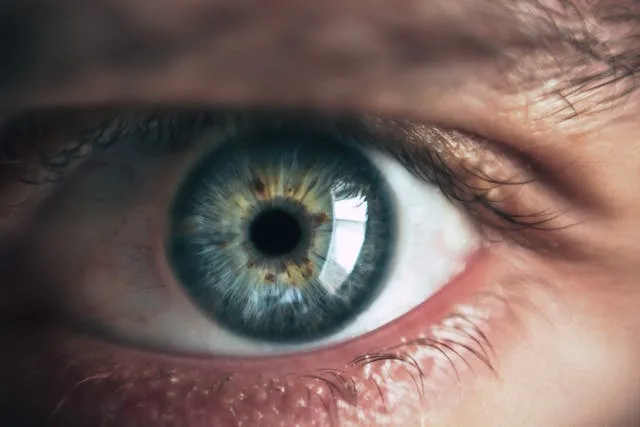Imagine this: everything you see, hear, or touch makes up only 5% of reality.
According to current scientific data, a staggering 95% of the universe consists of forms of matter and energy that are invisible to the human eye. What we perceive — stars, planets, people, objects — is just a thin veil covering a vast, hidden cosmos. The rest remains silent, elusive, yet fundamentally active. It’s this invisible mass that shapes the movement of galaxies, the structure of spacetime, and even the ultimate fate of the universe.
We are immersed in a cosmic web of unseen forces — a system that envelops us, penetrates us, and continuously influences our lives, without us ever noticing.
That’s where technology steps in.
With tools like infrared cameras, particle detectors, radio telescopes, and massive particle accelerators like CERN’s Large Hadron Collider, we are cracking open the cosmic blindfold. These devices let us detect signals from the deep universe, study particles that pass through our bodies every second, and register vibrations, energies, and phenomena that were once dismissed as non-existent.
And yet, even with our most advanced instruments, our understanding remains fragmented. Our senses are limited, our tools imperfect, and the universe always seems one step ahead of our comprehension.
We’re not just exploring space — we’re exploring the limits of what it means to perceive reality.
What lies beyond the visible may never be fully known. But each particle we detect, each signal we decode, brings us closer to understanding how little we truly know — and how much more there is to see.


